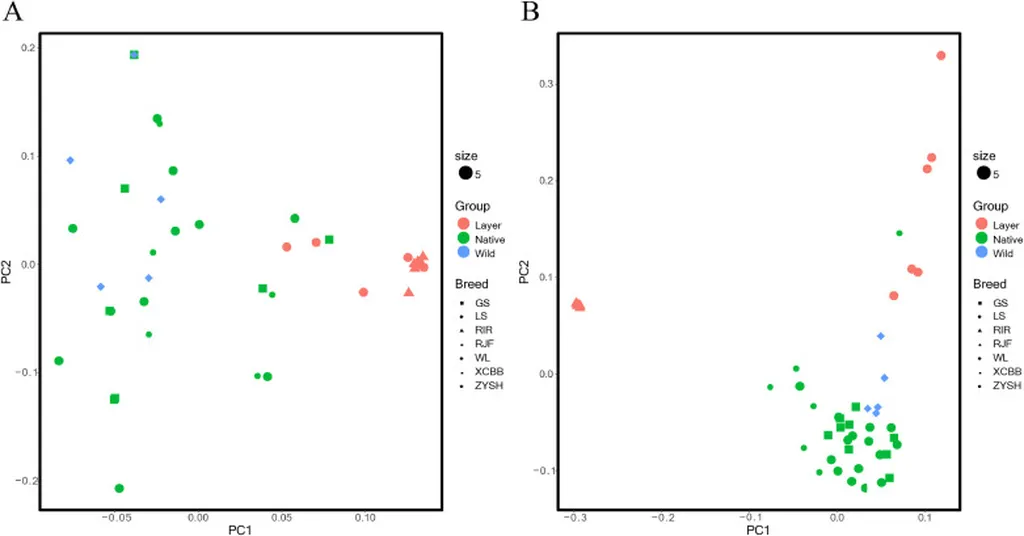In a significant stride toward enhancing poultry production, researchers have uncovered a key genetic player that could revolutionize the way we breed chickens for optimal egg production. The study, published in *Poultry Science*, identifies Synaptotagmin-1 (SYT1) as a crucial regulator of reproductive hormone secretion, directly impacting egg-laying performance in chickens.
The research, led by Zhimin Cheng from the College of Animal Science and Technology at Henan Agricultural University, delves into the intricate workings of the hypothalamus-pituitary-ovarian (HPO) axis, which governs reproductive functions in birds. SYT1, a protein known for its role in neurotransmitter release and hormone secretion, has been found to influence the secretion of luteinizing hormone (LH) and other reproductive hormones, thereby affecting egg production.
“Our findings suggest that SYT1 is a master regulator of egg production in chickens,” Cheng explained. “By understanding how SYT1 influences hormone secretion, we can develop more targeted breeding strategies to improve egg production traits in commercial laying hens.”
The study identified two specific single nucleotide polymorphisms (SNPs) within the SYT1 gene that are strongly associated with egg-laying performance. These SNPs, rs39497549 and rs39477032, could serve as valuable genetic markers for selective breeding programs. Principal component analysis (PCA) revealed that these SNPs effectively distinguish commercial laying hens from local wild breeds, highlighting the gene’s role in the selective breeding process.
Moreover, the researchers found that SYT1 expression levels in the pituitary and ovarian tissues of high-producing hens were significantly higher than those in low-producing counterparts. These expression levels correlated positively with circulating concentrations of follicle-stimulating hormone (FSH), luteinizing hormone (LH), and estradiol (E2), further underscoring SYT1’s role in reproductive hormone regulation.
Functional validation experiments demonstrated that SYT1 modulates the secretion of gonadotropins, such as FSH and LH, in response to gonadotropin-releasing hormone (GnRH) stimulation. Knockdown of SYT1 attenuated GnRH-induced hormone secretion, while overexpression potentiated these effects. Additionally, SYT1 was found to regulate steroidogenesis in ovarian granulosa cells, influencing the production of progesterone and other steroid hormones.
The implications of this research for the agriculture sector are profound. By leveraging SYT1 polymorphisms as genetic markers, breeders can more effectively select for chickens with superior egg production traits. This could lead to increased productivity and profitability for poultry farmers, as well as a more sustainable use of resources.
“Our study provides a genetic basis for improving egg production in chickens,” Cheng noted. “By focusing on SYT1, we can enhance the efficiency of breeding programs and develop chickens that are better adapted to commercial production systems.”
The findings also open up new avenues for research into the molecular mechanisms underlying reproductive performance in poultry. Understanding how SYT1 interacts with other components of the HPO axis could lead to the development of novel strategies for optimizing egg production and improving the overall health and welfare of laying hens.
As the global demand for poultry products continues to rise, the need for more efficient and sustainable production methods becomes increasingly urgent. This research offers a promising solution, paving the way for a new era of precision breeding in the poultry industry.
In the words of Zhimin Cheng, “This is just the beginning. There is still much to learn about the role of SYT1 in avian reproduction, and we are excited to explore the potential applications of our findings in the years to come.”

